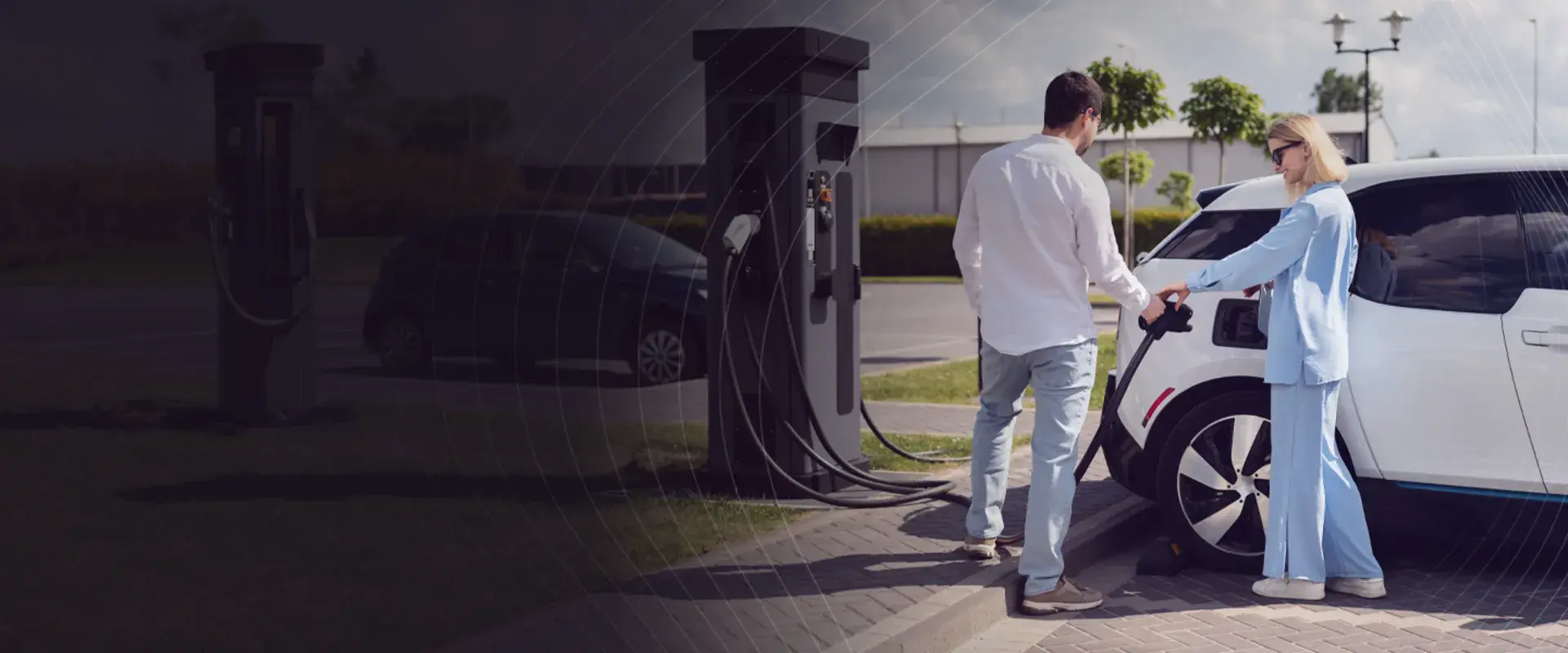The EV charging ecosystem is a complex puzzle involving various stakeholders, technologies and standards. Grasping how these elements interact is vital for a seamless and reliable charging experience. Interoperability, the ability for different systems to work together harmoniously, is at the heart of this ecosystem, eliminating barriers and providing a prime user experience to drive the adoption of EVs globally.
EV ecosystem stakeholders and their roles
eMobility Service Providers (eMSPs)
eMSPs manage customer relationships and provide access to charging infrastructure through memberships and apps. They act as the bridge between EV users and charging networks, offering services that include locating charging stations, facilitating payments and managing user accounts.
Interestingly, eMSPs aren’t limited to companies directly involved in the EV industry. They can range from local electricity providers to, in more expansive scenarios, even cable TV companies, who may bundle charging subscriptions with their other services. This model allows for a wide variety of businesses to tap into the growing EV market.
Charge Point Operators (CPOs)
CPOs own and operate the charging stations, making sure they are up and running addressing any technical issues that may arise. They manage the availability of charging points and provide real-time updates to eMSPs and users.
Original Equipment Manufacturers (OEMs)
OEMs produce vehicles and integrate the necessary technology to communicate with charging infrastructure and are compatible with various charging standards and protocols. Advanced features to include in their vehicles are, for example, Plug and Charge (PnC) and V2G capabilities.
Certificate Authorities (CAs)
CAs issue and manage digital certificates used for secure communication between EVs and charging stations. These certificates are crucial for authentication and establishing trust within the charging ecosystem.
Take a closer look at our infographic below which brings this ecosystem to life. It maps out the EV charging journey in detail and shows how Irdeto’s solutions simplify and secure each stage.
You can also click here for our INTERACTIVE diagram (desktop view only).

Next-level interoperability with PKI
PKI technology allows different systems to ‘identify, recognize and trust each other’. With standardized communication protocols, like ISO 15118, EVs can communicate effectively with different types of charging stations, regardless of the manufacturer.
But for PKI technology to function properly, it needs to rely on a critical component known as a root CA. Here’s how the system’s environment is structured.
What is a root CA?
Root CA is the highest trust anchor in the PKI hierarchy, responsible for issuing and signing the foundational digital certificates that authenticate the identities of EVs, charging stations and grid operators.
How do you apply PKI in EV charging?
While the root CA is the top-level certificate authority, PKI is the one that includes the entire network of subordinate CAs, digital certificates and cryptographic processes. This infrastructure manages the entire lifecycle of digital certificates, from issuance to revocation and takes care of encryption, authentication and safety of every transaction within the EV ecosystem.
How does this work in a real-life scenario? When an EV interacts with a charging station, for example, PKI is the one verifying both parties’ identities before any energy transaction occurs. This process is vital to prevent unauthorized access and potential cyberattacks that could disrupt the charge or compromise sensitive data.
Is the EV charging ecosystem ready to adopt PKI technology?
To fully reap the benefits of PKI, we must first address the current obstacles within the broader EV charging ecosystem, from finding a functioning charging station to navigating multiple apps and payment systems. Read our next blog on how the flawless and user-friendly charging experience should look like.











/Images/Module%20-%20footer/spiral.svg)
